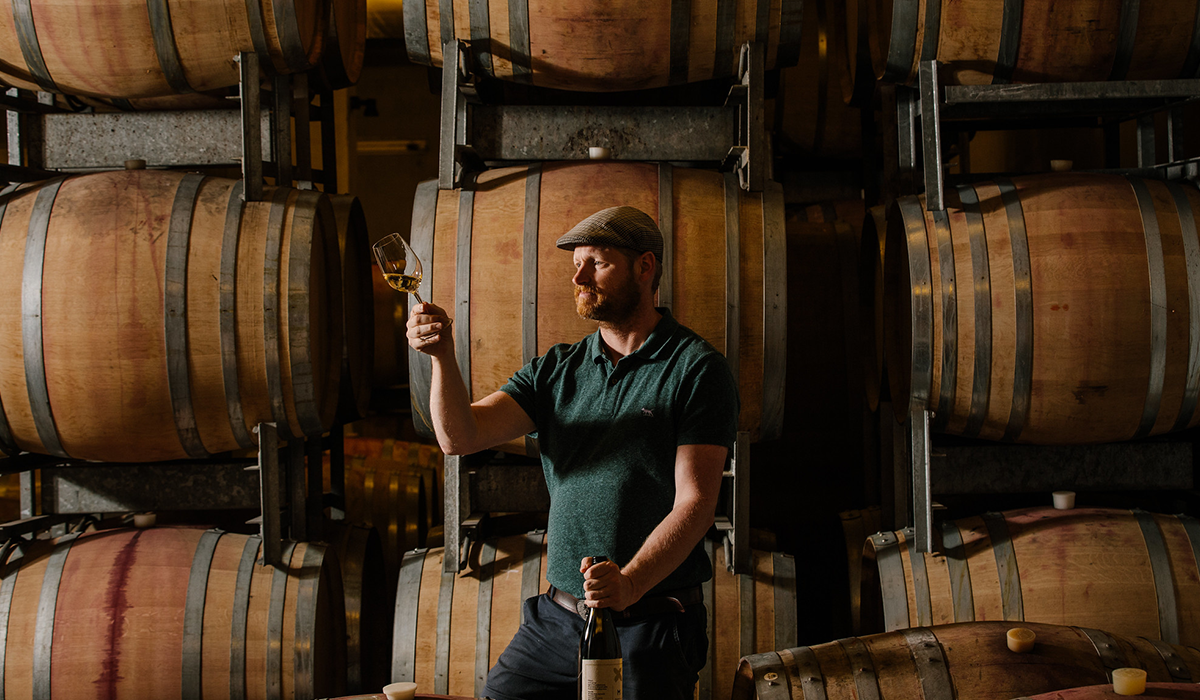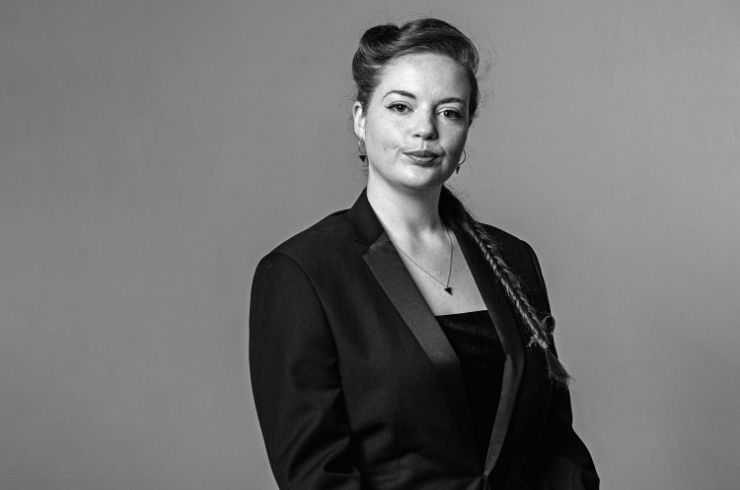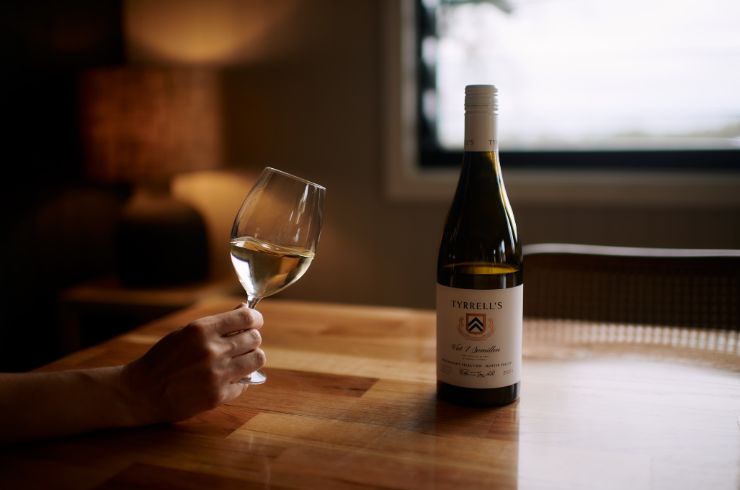“As long as you didn’t order the savvy b?” I heard from across the table. But a glass of savvy b was exactly what I had ordered.
I was mystified as to why sauvignon blanc (sometimes just called sauvignon) was such a faux pas.
Maybe it’s because the green-skinned grape is synonymous with New Zealand, especially Marlborough, where the wine is crisp, pungently herbaceous and laden with distinctive tropical fruit notes. Or perhaps it’s because it’s a simple, high-yielding grape that’s been relegated to the cheaper end of the wine list?
Still, despite its reputation, sauvignon blanc in Australia is enjoying a rebirth. Winemakers are moving away from its trademark tartness and focusing instead on crafting wines that are interesting and complex.

In parts of South Australia, where the cooler climate is prime for growing sauvignon blanc, Shaw + Smith is renowned for its fresh and pure expression. Winemaker Adam Wadewitz says sauvignon in the Hills is quite subtle. “Lots of pink grapefruit and other citrus notes complemented by the nettle tones from the higher, cooler sites. Vibrancy and freshness are what the Adelaide Hills does well.”
Over in the west, savvy b is crisp, intense, and textured – think notes of guava and white nectarine flesh – with a chalky minerality that doesn’t overshadow the fruit.
Stuart Pym of Margaret River’s Flowstone has been making award-winning sauvignon blanc since before he moved to the winery full-time in 2013. He’s made it at Domaine de Chevalier and Voyager Estate, as well as Suckfizzle and Stella Bella.
Stuart’s style of sauvignon blanc – wine that is pure, with great length and persistence of flavour – is a nod to the grape’s Old World home in the upper Loire Valley, particularly the twin appellations of Sancerre and Pouilly Fumé.

A short 30-minutes up the highway from Flowstone is Fermoy Estate, where oak is used to create the Coldfire Fumé Blanc.
Fumé is a French term for smoky. When listed on a sauvignon blanc label, it denotes that the wine has spent time in oak – a technique used in Pouilly-Fumé in the Loire Valley.
For the Coldfire, 50 per cent of the blend was fermented on skins in seasoned open-top French oak puncheons, while the remaining half was fermented and matured in new French barriques.
Off the mainland, sauvignon blanc hasn't always been the hero, however a host of innovative producers are putting it on the map. Mewstone's Hughes & Hughes label produce a skin-soaked sauvignon blanc that is tank fermented for more than 50 days. Domaine A's Lady A is a sauvignon blanc semillon blend (87/13 per cent). This big, bold expression is one of three sauvignon blancs winemaker Conor van der Reest produces under the Domaine A and Moorilla labels.

Conor implements different and consecutive harvests within blocks. "Fresh, fruity, grassy, tropical through to heavier, riper and more structural wines all come in over a few weeks of harvest.”
When it comes to the oak, it’s a balancing act for Lady A and Moorilla's Muse. "In cooler years we might need to back off a bit, or balance structure with more lees stirring. And in hotter years, we might have more of a tannin structure to work with, so we can probably get more new oak in without overpowering the wines.”
Lady A was a triumph for the late Peter Althaus, after his wife Ruth fell in love with a wine made from grapes she desperately wanted to pull from the vineyard. Conor says he’s so impressed by the fruit’s ability to consistently make wines that have that power, depth, and character.
Sign up to view these tasting notes and ratings
By becoming a member of Wine Companion, you'll have access to the largest database of wines in Australia.



